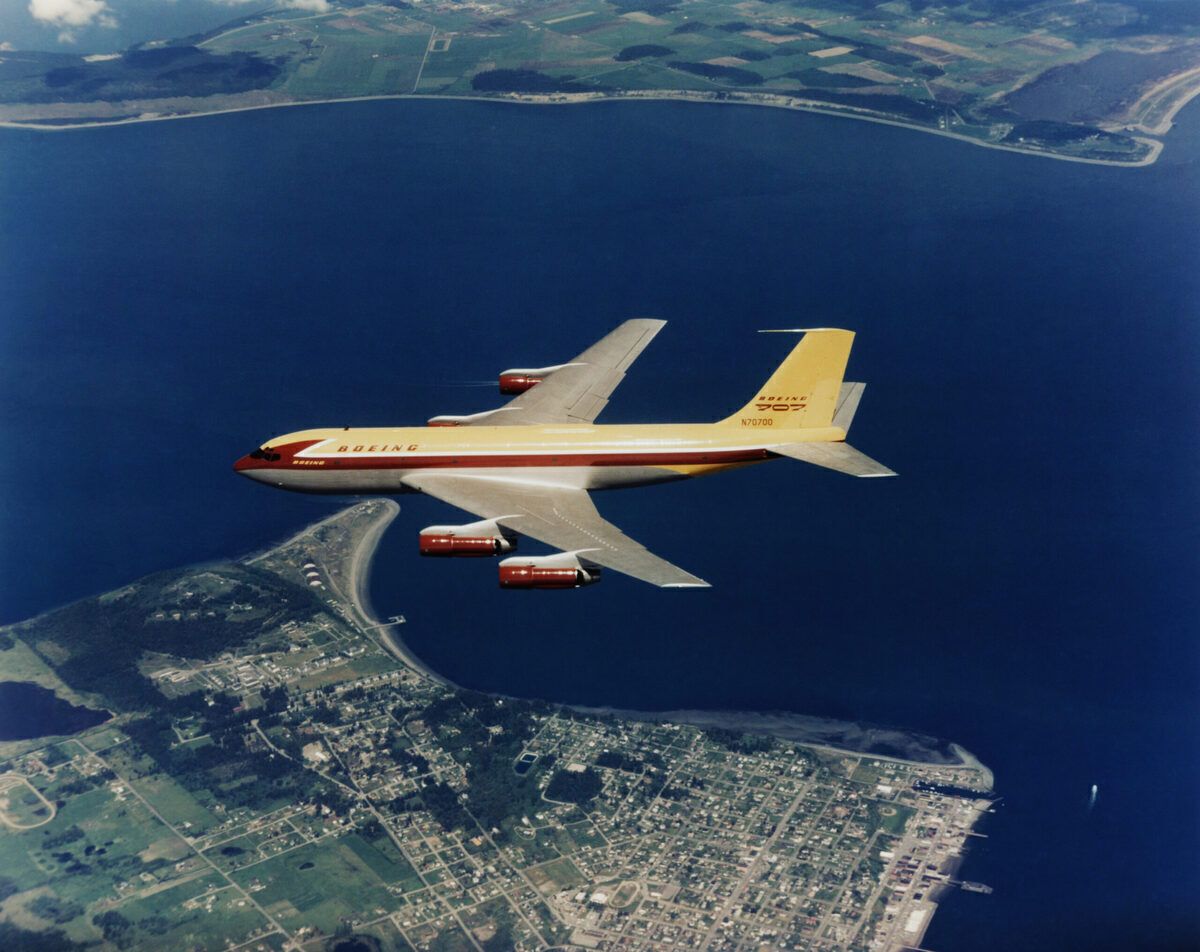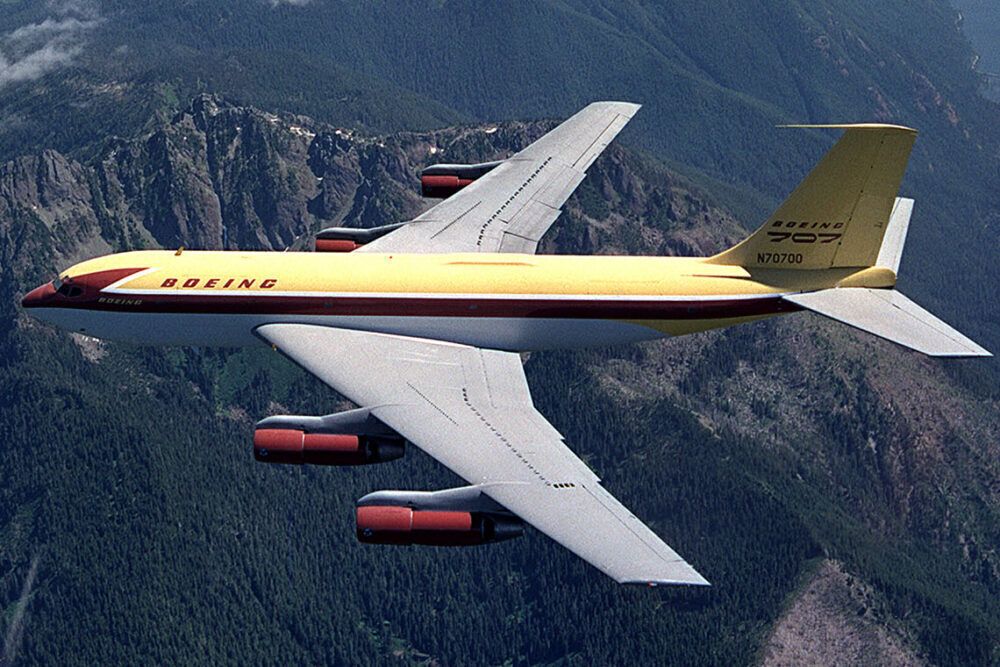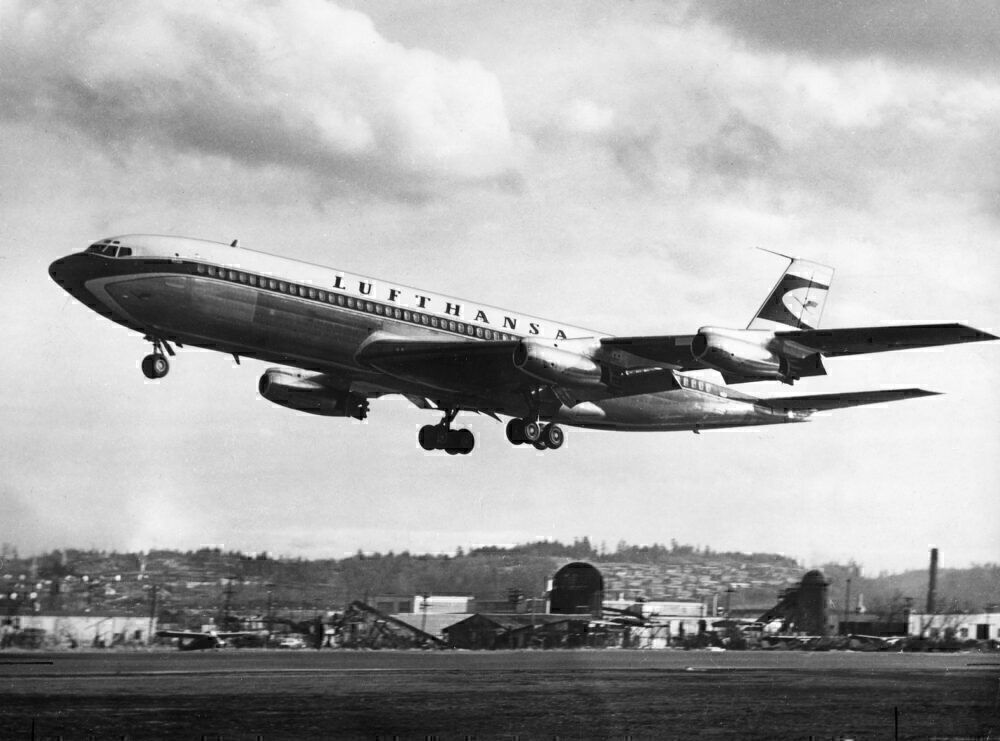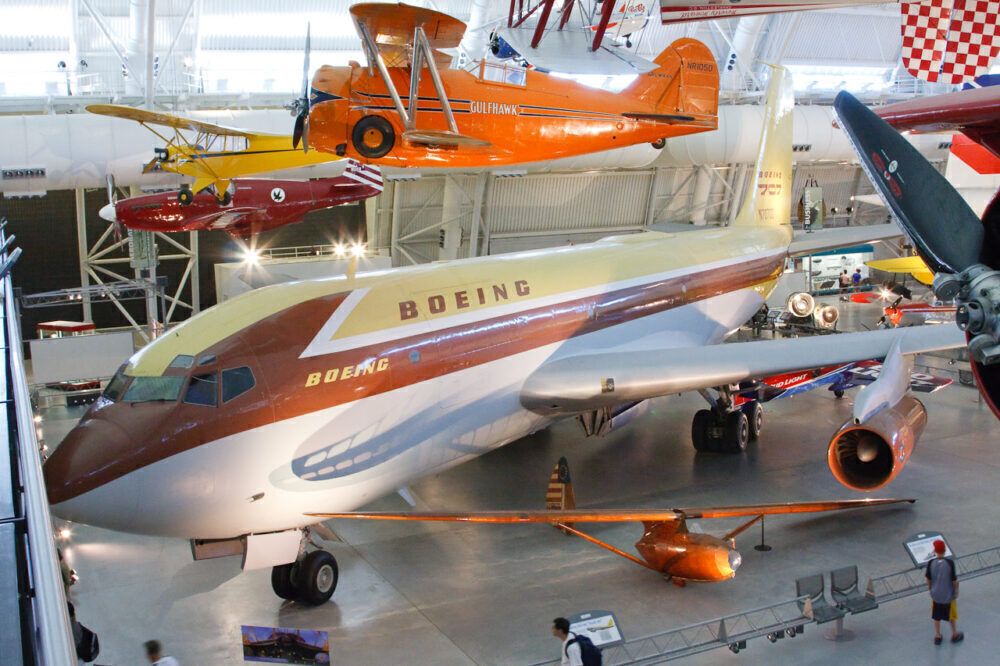Boeing's legendary 707 quadjet is widely considered to have been a primary catalyst for the jet age. This change of trends in technology brought the world closer together thanks to the higher performance that such engines fostered. However, it is also important to understand the roots of the 707, which namely lie in a Boeing prototype known as the 367-80.
A project prompted by two key events
The Boeing 367-80, affectionately known as the 'Dash 80,' first flew in 1954. However, its development was prompted by two significant events in the 1940s. The first involved another Boeing aircraft, the B-47 'Stratojet.' This was a long-range, turbojet-powered bomber that competed against designs from Convair, Martin, and North American.
Secondly, 1949 saw the de Havilland DH.106 'Comet' make its first flight. This British design was the world's first commercial jetliner. Inspired by this exciting new aircraft, Boeing's President Bill Allen and other employees visited the UK in 1950. Here, they saw the Comet inflight (Farnborough Airshow) and production (de Havilland factory in Hatfield).
Stay informed: Sign up for our daily and weekly aviation news digests.
Believing that it could draw on technology such as the swept wings found on its B-47 to improve the Comet, Boeing decided to launch its own jetliner project. However, it found it hard to persuade airlines, who were wary of Boeing's relative inexperience with jet-powered aircraft.
As such, it built a prototype to prove the design's worth: the 367-80. Interestingly, Simple Flying reader Paul Raveling informs us that, internally, the aircraft was known as the 707 even as a prototype. As seen above, its livery also displayed this designation.
15 years of flying
Boeing's board approved the Dash 80's construction in April 1952. After beginning in November that year, it rolled out of the factory 18 months later, in May 1954. It made its first of 1,691 flights two months later, after which Boeing was able to begin using it as a demonstrator aircraft for prospective airline customers. At one such demonstration, Boeing test pilot Alvin Johnston instead performed two barrel rolls for the executives!
Producing the Dash 80 cost Boeing $16 million ($154 million today), representing a remarkable gamble considering the airlines' previous lack of interest in its jetliner proposal. Despite this, the gamble paid off, resulting in two successful production aircraft.
Commercially, the Dash 80's success as a demonstrator led to the production of the 707, which sold more than 1,000 examples (including the short-fuselage 720). The 707 entered service in 1958, and proved to catalyze the jet age. The Dash 80 also formed the basis for the Boeing KC-135 'Stratotanker,' an aerial refueler of which over 800 were produced.
After this, Boeing repurposed the Dash 80 as an experimental testbed aircraft. This helped it develop the three-engine 727, of which Boeing produced 1,832 examples between 1962 and 1984. The company eventually retired the Dash 80 in 1969, after 2,350 flight hours.
In preservation
The Dash 80 spent three years in storage after its retirement in 1969. Following this period, it entered the world of aircraft preservation in 1972, when Boeing donated it to the Smithsonian Air and Space Museum. This institution had listed the Dash 80 as one of the 12 most significant aircraft in history. However, it did not take its place in the museum immediately.
Indeed, nearly two decades of storage at Davis-Monthan Air Force Base (Tucson, Arizona) passed Boeing began its restoration in 1990. By 2003 it was finally ready to be displayed in the museum. In August that year, it made its final flight to Washington DC. It is now on display at the Smithsonian's Steven F. Udvar-Hazy Center, wearing its original livery.
Did you know about the story of the Boeing 367-80? Perhaps you've even seen it on our travels? Let us know your thoughts and experiences in the comments.




